If the flower in the background belongs to this plant with the leaves in front, then this is likely the flower of a Feijoa sellowiana commonly known as Pineapple Guava. It is a large fruiting, evergreen shrub or small tree and used primarily as a landscape shrub on the west coast of the United States but has the added feature of tasty, edible fruit and flowers. Does well in USDA zones 8 äóñ 10. What this really means is that it likes some cool weather, can go down to 10 deg. F, likes rain in the 30äó_ äóñ 40äó_ range, and doesnäó»t like super hot daytime weather äóñ so not as happy in the desert. Itäó»s adaptable to a wide range of soils, including acidic soil, but prefers a humus rich soil that is well drained. Adding compost and not manure works for this plant. Full sun is best äóñ but it can tolerate partial shade. The flowers which bloom in the late spring are edible if raised organically. The thick petals are succulent with a tropical floral flavor and are eaten fresh. Great sprinkled over a fruit salad. The petals may be plucked without interfering with fruit set. The fruit ripens in late fall, which is a great boon since almost everything else in the garden is gone. The delicious fruit pulp is sweet and tangy at the same time. Eat them by scooping out the fruit with a spoon, or you can cook them in puddings, pastry fillings, fritters, dumplings, fruit-sponge-cake, pies or tarts.
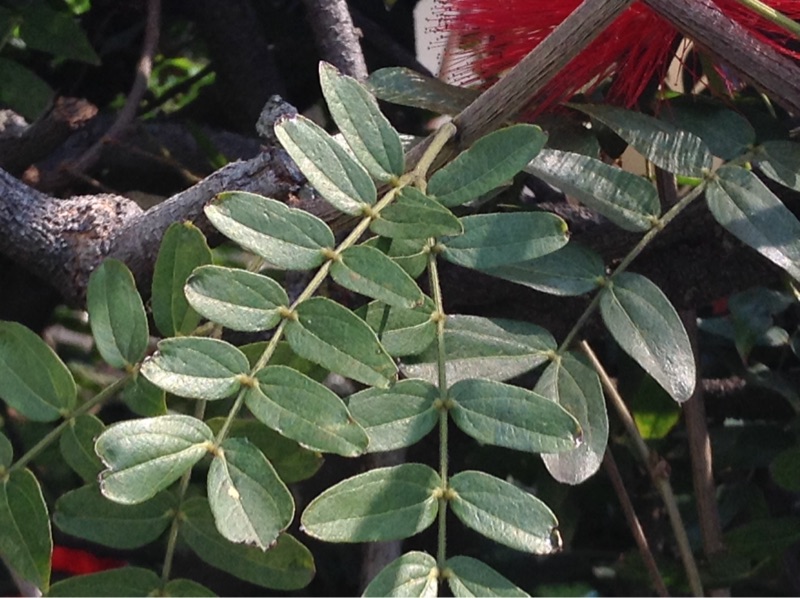
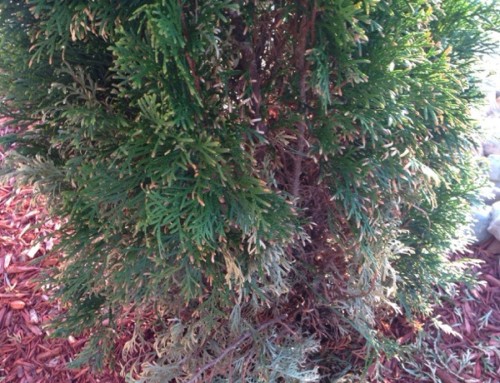
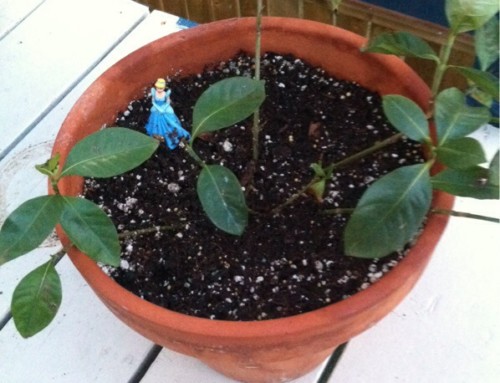
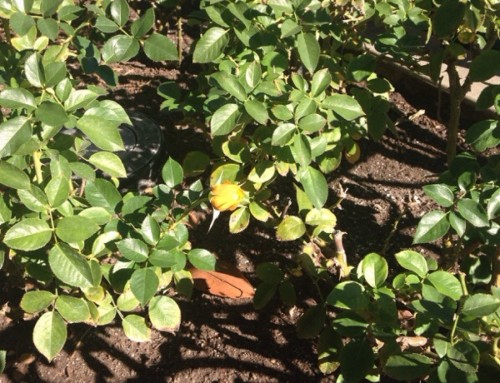

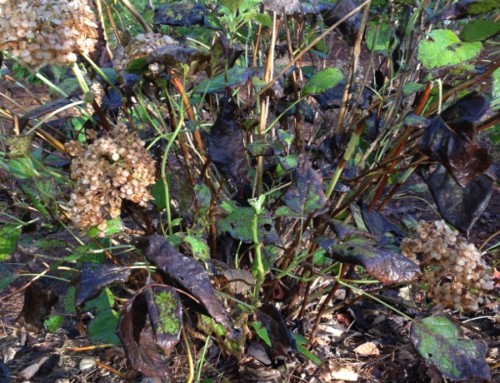
Leave A Comment